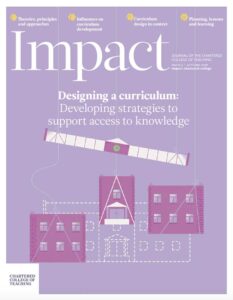English and maths GCSE resits in general further education colleges: Can employer-sponsored curricula improve student engagement and motivation?

9 min read
Writing about curriculum development in 1975, Lawrence Stenhouse (Stenhouse, 1975) noted that the task of educational institutions is to make ‘available to the young a selection of society’s intellectual, emotional and technical capital’. Educators must introduce students to a series of ‘public traditions’, including knowledge, skills, attitudes and behaviours. Nearly 50 years later, Stenhouse’s words feel particularly apt for anyone approaching curriculum design in further education (FE), where we have a responsibility to prepare students for employment and for adult life.
Within FE colleges, we develop ‘study programmes’, which combine qualifications with additional elements, such as work experience and enrichment activities. One area in which colleges face a particular challenge is in the delivery of GCSE English and maths resits, which have been a requirement since 2013. Teachers are often faced with the challenge of motivating disaffected studen
Join us or sign in now to view the rest of this page
You're viewing this site as a guest, which only allows you to view a limited amount of content.
To view this page and get access to all our resources, join the Chartered College of Teaching (it's free for trainee teachers and half price for ECTs) or log in if you're already a member.
This article was published in September 2018 and reflects the terminology and understanding of research and evidence in use at the time. Some terms and conclusions may no longer align with current standards. We encourage readers to approach the content with an understanding of this context.
0
0
votes
Please Rate this content
Please login to comment
0 Comments
Oldest
Newest
Most Voted
Inline Feedbacks
View all comments










